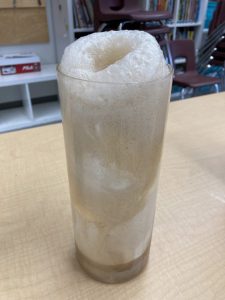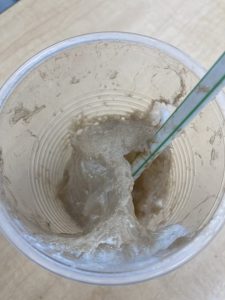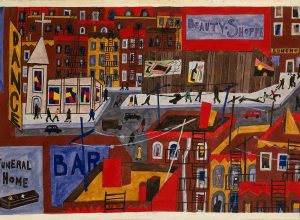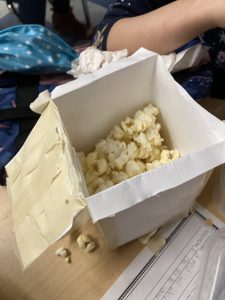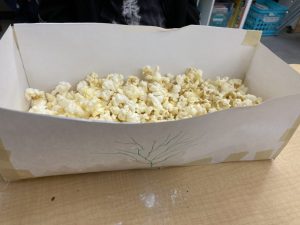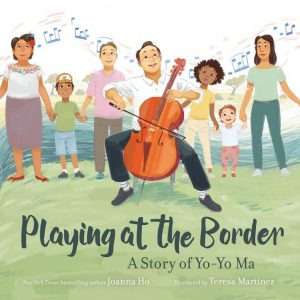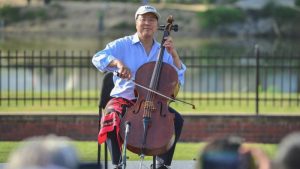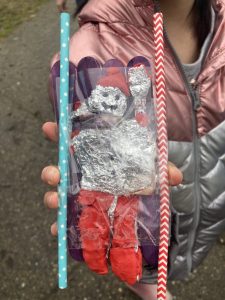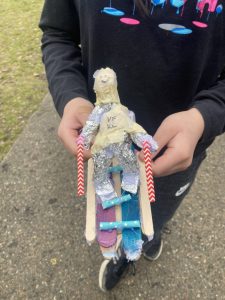Yesterday, our class started our new novel study! In The Wild Robot by Peter Brown, Roz the Robot must learn how to survive on a wild island. The first lesson she has learned is the importance of camouflage.

Camouflage is a special kind of survival skill (adaptation). It means that prey can hide from predators, and vice versa. To see an example of camouflage, watch the video below. How many goats can you spot before they start moving?


